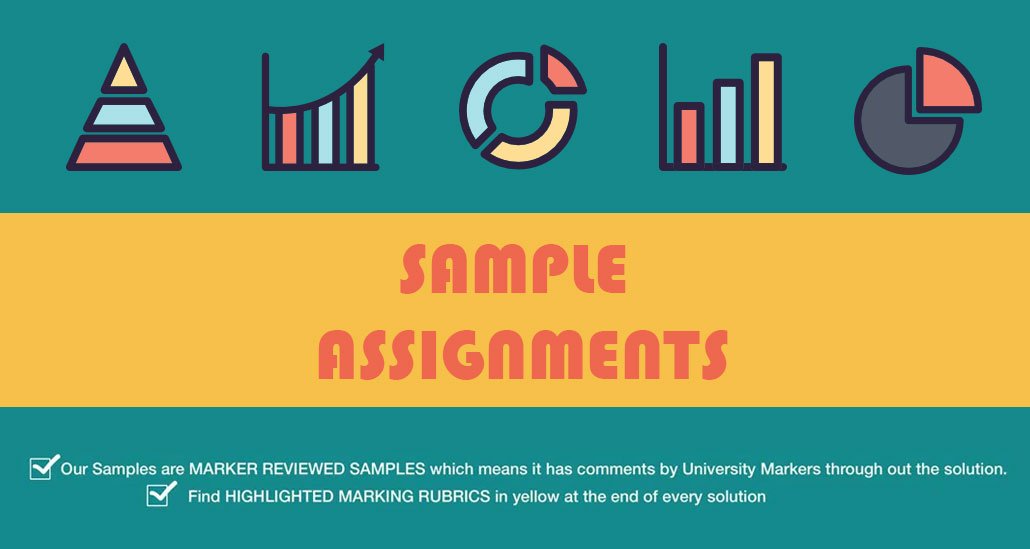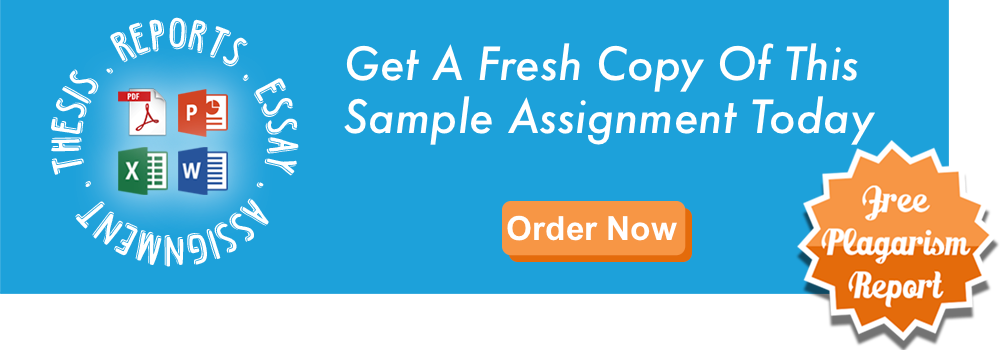You can download the solution to the following question for free. For further assistance in Education assignments please check our offerings in Education assignment solutions. Our subject-matter-experts provide online assignment help to Education students from across the world and deliver plagiarism free solution with free Turnitin report with every solution.
(ExpertAssignmentHelp do not recommend anyone to use this sample as their own work.)
Question
Details about the assignment
Part A: 750 words Select and discuss an early childhood policy. The policy should be at either at a state or national level.
Part B: 750 words Analyse the impact that this policy may have on the lives of children and their families.
Part C: 1250 words Examine the connection between policy and advocacy in early childhood and suggest advocacy strategies, which may be implemented to ensure enactment at a level to which you believe to be appropriate with consideration in ways in which leadership in early childhood education and care shapes approaches to policy, advocacy and practice.
The purpose of this assignment is for students to discuss and critically analyse the key issues of the nominated policy.
Further to discuss implementation of policy the within the education (early childhood) setting, from multiple lens.
Solution
Part A – About a Policy
The policy that I have chosen to describe in this report is 'Investing in the Early Years strategy – The National Early Childhood Development Strategy'. This policy was developed under the supervision of the Council of Australian Governments (COAG). This policy can be described as the collaborative effort between the State and Territory governments and the Commonwealth for ensuring that all children have the best beginning for their lives in order to create a better developmental future for their own selves as well as the entire nation by 2020. The aim of the strategy is to improve the outcomes for children in Australia by building a better early childhood development system, which responds to requirements of young children, especially, the vulnerable children and their families (Australian Government- Department of Education and Training , 2018). This strategy recognizes the outcomes of the early childhood development which all the governments (central and state) in Australia are seeking to achieve by the end of 2020 for the children. They include the areas of current action, lying within the currently available resources, which need to be reformed in the future (Council of Australian Governments, 2009).
The vision of this policy is –
'By 2020 all children have the best start in life to create a better future for themselves and for the nation' (Council of Australian Governments, 2009)
The major objectives of this Strategy are-
Equity and access: To ensure that all children are given equitable early childhood development and intervention services.
Sustainability: to ensure that quality comprehensive early childhood development and intervention services are delivered sustainably through the strengthened partnership of the government with the relevant national and international NGO's, UN agencies and families.
Quality: to offer high quality early childhood development and intervention services
Legislation: to develop regulations and policies for supporting the introduction of innovative services for the early childhood development and intervention services.
Support the capacity building of service providers for the families who have children under the age of 8 years.
For complete solution please download from the link below
(Some parts of the solution has been blurred due to privacy protection policy)
Check all our academic help services










